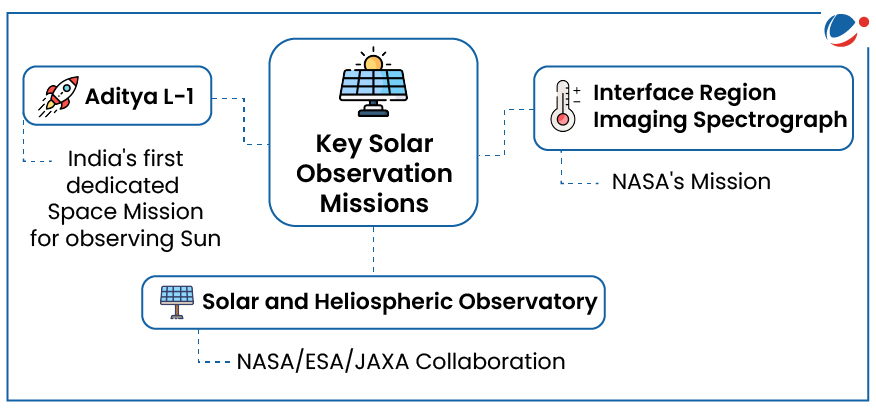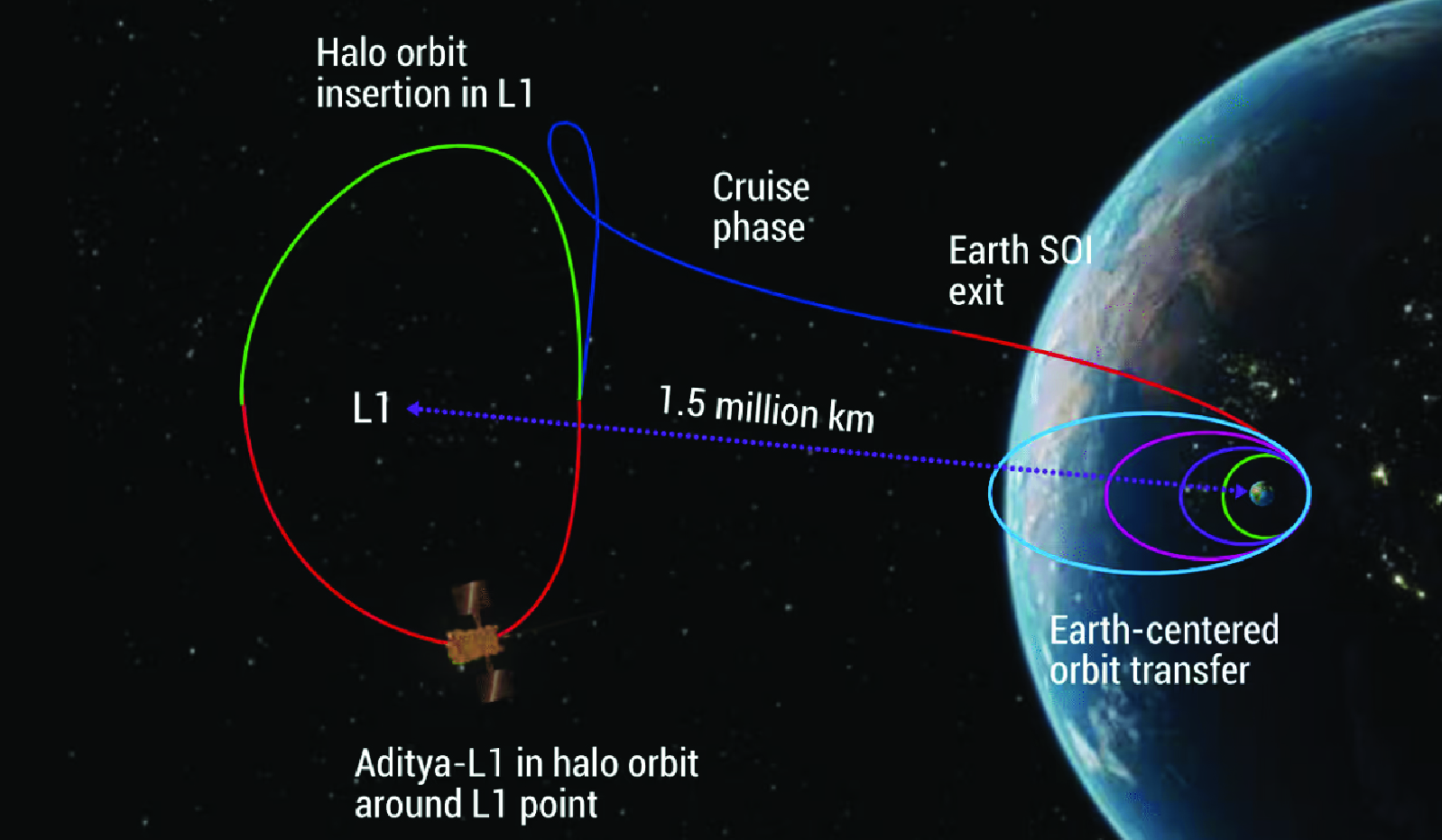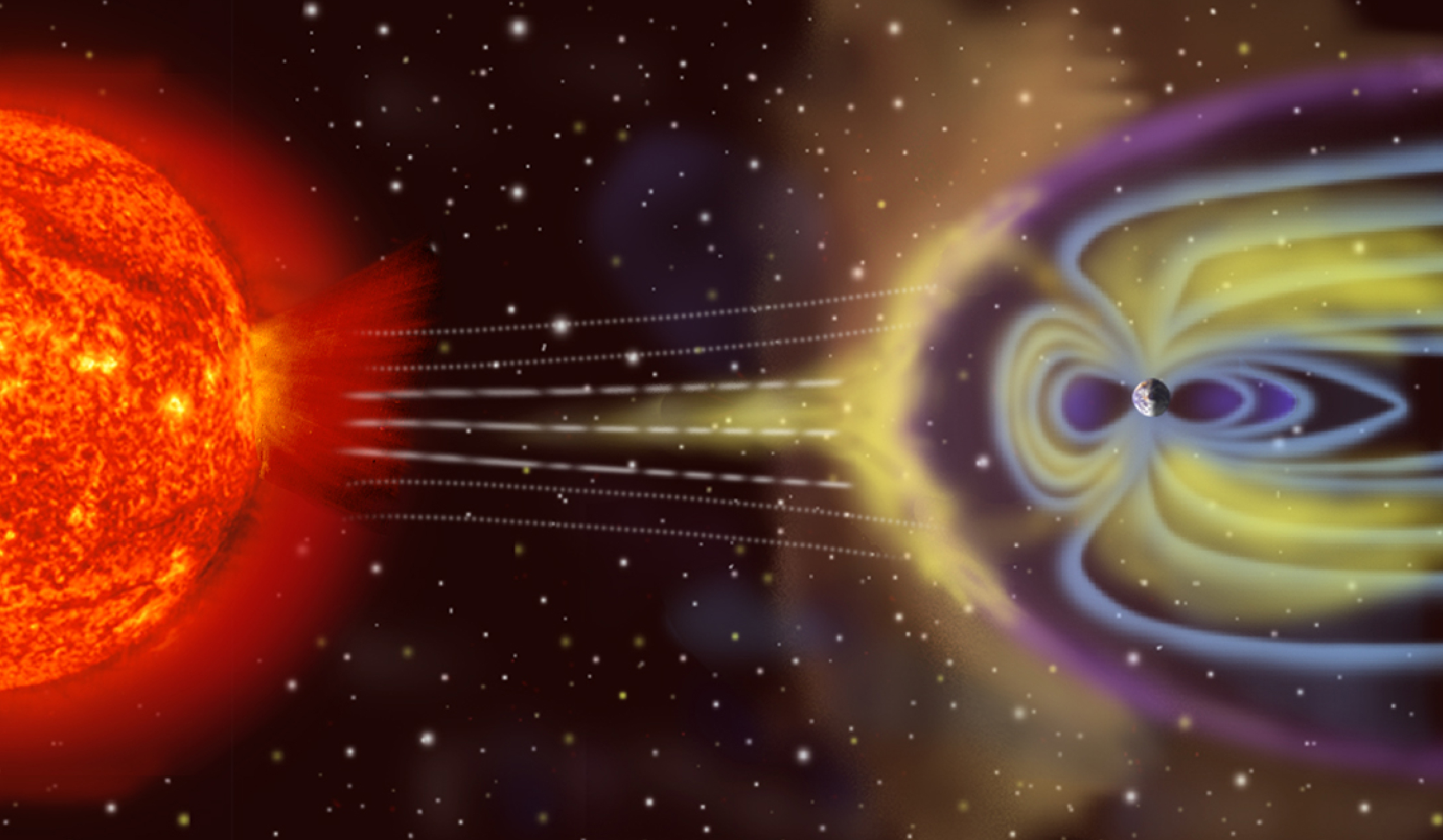NASA’s Parker Solar Probe performed solar fly at perihelion point.
- Perihelion refers to the point in the orbit of a planet or other astronomical body, at which it is closest to the sun.
- The opposite of Perihelion is Aphelion.
- Also, it traveled at a speed of approximately 700,000 kilometers per hour, making it the fastest human-made object in history.
- Spacecraft used flybys of Venus to gravitationally direct it ever closer to the Sun.
About Parker Solar Probe (2018)
- Objective: Launched to fly into the outermost part of the Sun's atmosphere, the corona, to improve the understanding of solar wind.
- Solar wind is a continual stream of protons and electrons from the corona.
- Key Scientific Instruments: Fields Experiment (FIELDS), Integrated Science Investigation of the Sun (IS☉IS ), etc.
Why it is important to study Solar Activity?
- Understanding Space Weather: Solar activity, such as solar flares and coronal mass ejections (CMEs), produces space weather events that can disrupt satellite operations, etc.
- Electric Grid and Technology Safeguards: Geomagnetic storms caused by solar activity can induce currents in power grids, leading to blackouts or equipment damage.
- Other: Protection of Astronauts, etc.






